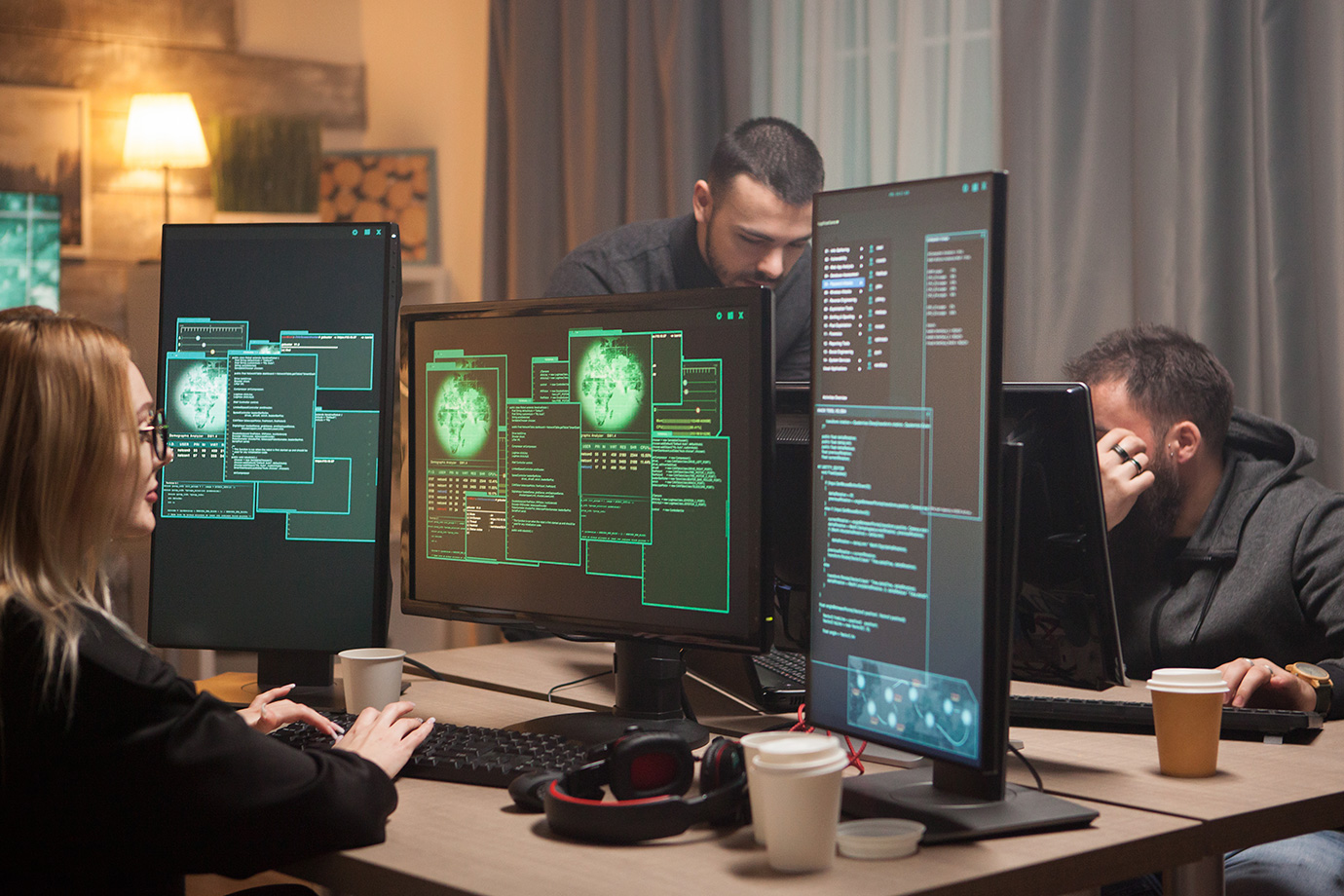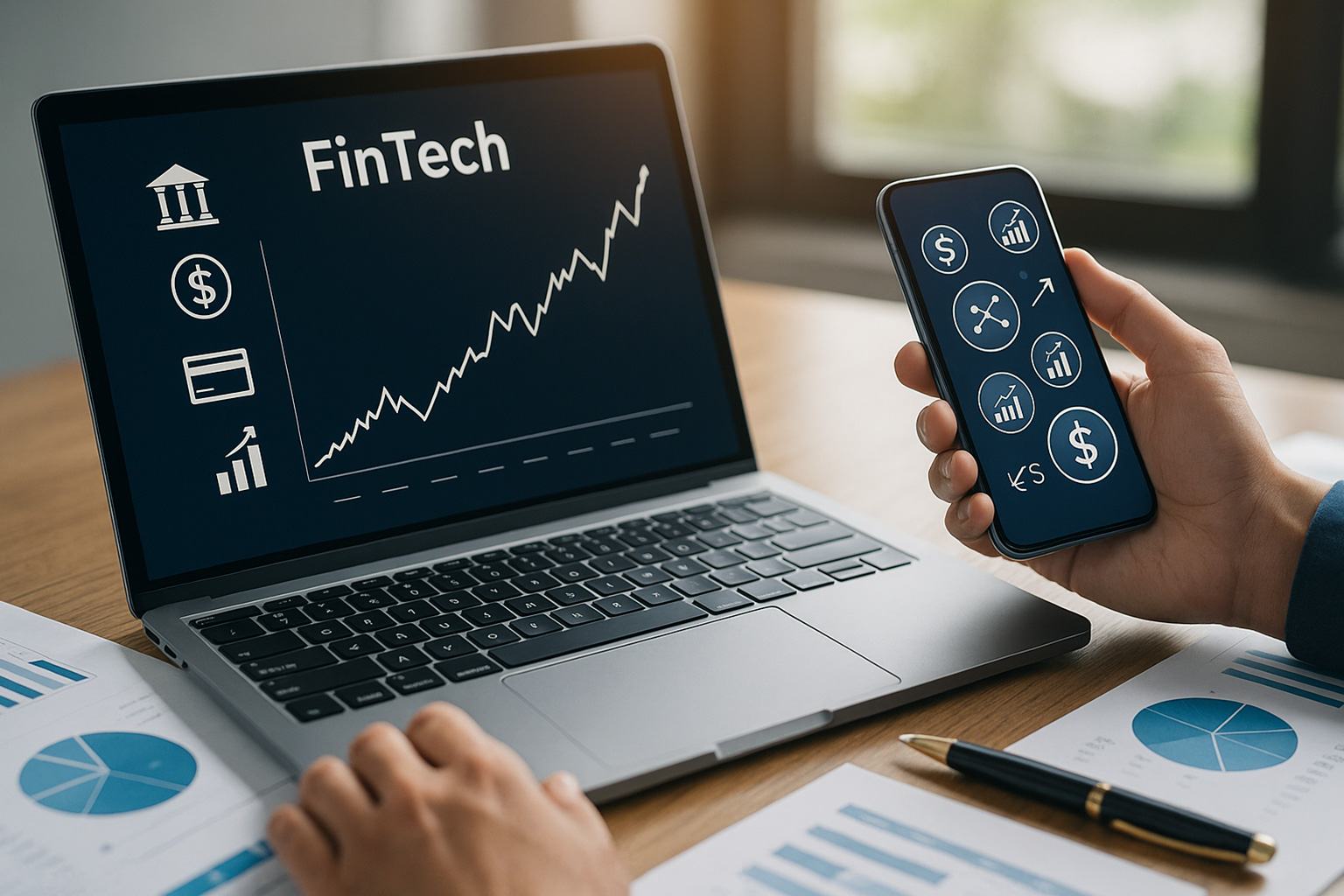Top Cybersecurity Threats for AI-Driven Businesses in 2025

03 Sep 2025
Artificial Intelligence (AI) is no longer a fanciful idea but the basis upon which businesses are run in modern times. By 2025, AI will be implemented in almost all areas such as healthcare, finance, retail, manufacturing, and so on. Gartner states that the worldwide AI investments will surpass half a trillion by the close of this year, and over 80% of companies are already utilizing AI to automate their decision-making, examine data, and enhance efficiency.
With the increasing use of AI, cybercriminals are gaining faster sophisticated tools to attack and target more clearly and with more sophisticated mechanisms. According to a relatively recent cybersecurity report, AI-driven cyberattacks are expected to grow four times more by 2025, and may cause trillion-dollar damage globally.
This serves as a wake-up call to companies that are heavily dependent on AI. One breach may corrupt sensitive data, affect algorithms, or even break whole automation pipelines. Companies can no longer afford to rely on outdated security systems - they require new approaches to deal with the specific risks posed by AI. This article explores why AI-driven organizations face heightened threats and identifies the top cybersecurity threats in AI for 2025, along with strategies to safeguard your systems.
Why AI-Driven Businesses Are More Vulnerable
AI’s strength lies in its ability to process vast amounts of information and make real-time decisions. However, these same capabilities also create new opportunities for attackers. Here’s why AI-powered businesses face a more complex security landscape than traditional systems.
1. Larger Attack Surfaces
AI systems rely on multiple interconnected elements such as:
- Machine learning models.
- Data pipelines feeding real-time information.
- APIs and cloud services connecting systems.
Each of these components can be exploited, creating a web of potential entry points for cybercriminals.
2. Speed of Damage
AI automates processes in real time. At the same time as this speeds up the business process, it also implies that once a system is hacked, the damage may be done in real-time, before teams even have time to react.
Think of an artificial intelligence device dealing with money. If an attacker alters its behavior, millions of dollars could be misrouted in minutes without anyone noticing until it’s too late.
3. Hackers Using AI to Attack AI
AI is also being used by cybercriminals. With the help of generative AI, they will be able to generate extremely personalized phishing attacks or produce convincing deepfake images or even scale attacks. This creates an arms race where defensive and offensive AI technologies are constantly competing.
Keywords: AI cybersecurity threats 2025, AI security risks, vulnerabilities in AI systems.
Top Cybersecurity Threats for AI in 2025
1. AI-Powered Phishing & Social Engineering
Phishing is still one of the most popular dangers, and AI has turned it into a targeting weapon.
- AI-generated phishing messages can be hyper-realistic and can be customized to target a particular individual.
- The tools of deepfakes video and audio enable attackers to chillingly impersonate executives.
Example:
A finance team member receives a video call from what appears to be their CEO, instructing them to authorize a payment. The video looks real, the voice is identical, but it’s entirely fabricated by AI. By the time the fraud is uncovered, the funds are long gone.
Keywords: AI phishing attacks, deepfake cybersecurity threat.
2. Data Poisoning & Model Manipulation
AI models are only as reliable as the data they are trained on. Data poisoning occurs when attackers insert malicious or misleading information into training datasets.
Impacts include:
- Biased outputs that affect business decisions.
- Models that can be manipulated for fraudulent purposes.
- Loss of customer trust and regulatory penalties.
Real-World Example:
When a healthcare AI system is trained on biased data, it may make wrong diagnoses, which is life-threatening and leaves the business vulnerable to lawsuits.
Keywords: AI model poisoning, machine learning data attacks.
3. Adversarial Attacks on AI Models
These attacks involve tiny, almost invisible changes to input data, tricking AI into making incorrect decisions.
- A self-driving car might mistake a stop sign for a speed limit sign because of a few strategically placed stickers.
- The existing fraud detection algorithms can be corrupted to allow fraudulent transactions to pass through.
- In industries such as health, transport or finance, these attacks can be devastating.
Keywords: adversarial AI attacks, AI model security.
4. Supply Chain & Third-Party Exploits
Modern AI relies heavily on external tools like:
- Cloud services
- APIs
- Open-source libraries
A weakness in any part of this AI supply chain can put the entire system at risk.
For instance, a compromised machine learning library could give attackers backdoor access to sensitive systems.
Keywords: AI supply chain attack, third-party AI risk.
5. Ransomware 2.0: AI-Powered Malware
Traditional ransomware encrypts files and demands payment. In 2025, ransomware has evolved.
- AI-enabled malware adapts to security defenses in real time.
- It specifically targets critical infrastructure, like smart grids, automated factories, and connected devices.
Example:
A factory running on AI-driven robotics is paralyzed when ransomware locks down its automation system. Production halts, costing millions in downtime.
Keywords: AI ransomware threats, AI-powered cyberattacks.
6. Insider Threats Amplified by AI
Not all threats come from the outside. Employees with access to AI systems may intentionally or unintentionally misuse them.
- An insider might steal intellectual property by exploiting AI-powered tools.
- Malicious behavior is harder to detect because AI systems often operate autonomously.
Keywords: AI insider threats, employee AI security risks.
Best Practices for Mitigating AI Cyber Threats
1. Implement a Zero Trust Security Framework
The “trust but verify” approach no longer works. Zero Trust assumes no user or device is inherently safe.
- Strict access controls for every interaction.
- Continuous identity verification.
2. Leverage AI-Powered Threat Detection
Defensive AI can fight offensive AI.
- Machine learning algorithms detect unusual behavior patterns.
- Behavioral analytics identify potential threats before they escalate.
3. Secure Data at Every Stage
Since data drives AI, its integrity is critical.
- Validate and sanitize all training data to prevent poisoning attacks.
- Encrypt data in transit and at rest, especially within AI workflows.
4. Continuous Auditing & Regulatory Compliance
Regulations such as GDPR, HIPAA, and the upcoming EU AI Act mandate strict standards for data handling and AI ethics.
- Regular audits help identify gaps and ensure compliance.
- Documentation also builds trust with customers and regulators.
5. Employee Awareness & Training
People remain the weakest link in cybersecurity.
- Conduct periodic training on how to identify phishing, particularly AI-based fraud.
- Teach your teams the responsible use of AI
Keywords: AI security best practices, protecting AI systems, AI compliance 2025.
Emerging Tools & Technologies in 2025
The cybersecurity business is changing to address these challenges. The following are some of the latest innovations that are trending this year:
- AI-Powered Cybersecurity Platforms: Darktrace, CrowdStrike AI, and Microsoft Sentinel apply machine learning to respond to and identify attacks quickly.
- Blockchain for AI Integrity: AI model authenticity can be checked with blockchain, and they have not been modified.
- Cloud-Native Security Tools: These are solutions that keep track of the data pipelines, APIs, and workloads in multi-cloud situations and give full visibility.
Keywords: AI cybersecurity tools 2025, the future of AI security.
The Role of NanoByte Technologies
At NanoByte Technologies, artificial intelligence (AI) has huge potential for unlocking new doors, but it also poses special and unprecedented risks that we must manage.
We help businesses secure their AI ecosystems by:
- Designing custom cybersecurity frameworks for AI-driven systems.
- Providing high-level security threat detection and defense solutions.
- Aiding in compliance with international standards.
When using NanoByte, you can always be sure that you are one step ahead of the cybercriminals.
Conclusion
AI is transforming industries at a breathtaking pace, but it’s also reshaping the threat landscape. From AI phishing attacks and data poisoning to AI-powered ransomware, the challenges facing organizations in 2025 are unlike anything we’ve seen before.
The answer is not to reduce the pace of innovation but to make cybersecurity a part of all phases of AI development and deployment. Companies can secure their data, systems, and reputations by implementing new security systems, using AI-driven security, and creating a culture of awareness.
AI and cybersecurity are the future of companies that do not separate these two concepts, but rather treat them as an inseparable team.
Through the proper plan - and the proper partner, such as NanoByte Technologies - you can convert AI risks into opportunities and create a safe, smart future.
Call to Action:
Secure your AI systems today.
Contact NanoByte Technologies to learn how we can help safeguard your AI-driven business.



.jpeg)

